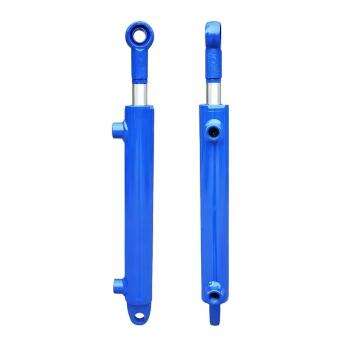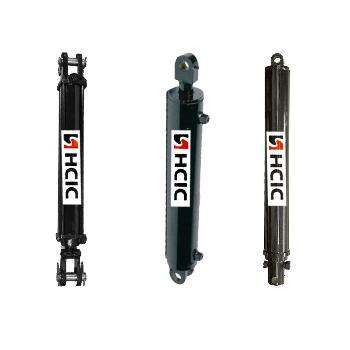Ever wonder how big machines operate? One particular component of many machines is called a stroke hydraulic cylinder. This special cylinder helps machines go and do what they need to. But what exactly is a stroke hydraulic cylinder, and how does it operate?
A hydraulic cylinder is a type of device that uses liquids to produce force. There’s a piston in the cylinder that gets pushed to and fro when fluid is injected into the cylinder. This force creates motion and also helps the machine work.
Stroke hydraulic clyinders are heavy-duty, and can used in various types of machines such as construction machines and factory machines. These are able to bring up heavy things without any struggle, so they have a lot of importance in many tasks.
Stroke Hydraulic Cylinders Need Regular Maintenance Like every part of machine, stroke hydraulic cylinders also need good care in order to keep working well. One of the things to do is to make sure there are no leaks in the cycle. Leaks reduce the strength of the cylinder and the efficiency of the machine.

Keeping the cylinder clean and free of dirt is also important. This can go a long way in preventing damage and keeping your cylinder running smoothly. Regular checks will help to discover any potential issues in time before they become major problems.

You'll find hydraulic stroke cylinders in many different machines. They’re used in construction equipment, such as cranes and bulldozers, to raise and lower heavy objects. They are also employed in factory machines to position parts.

In the medical industry, stroke hydraulic cylinders are installed in machines, such as MRI scanners, to transport patients in and out. They also are employed in robots to have precise movements in robotic arms. These cylinders are highly flexible and can be implemented in various ways.